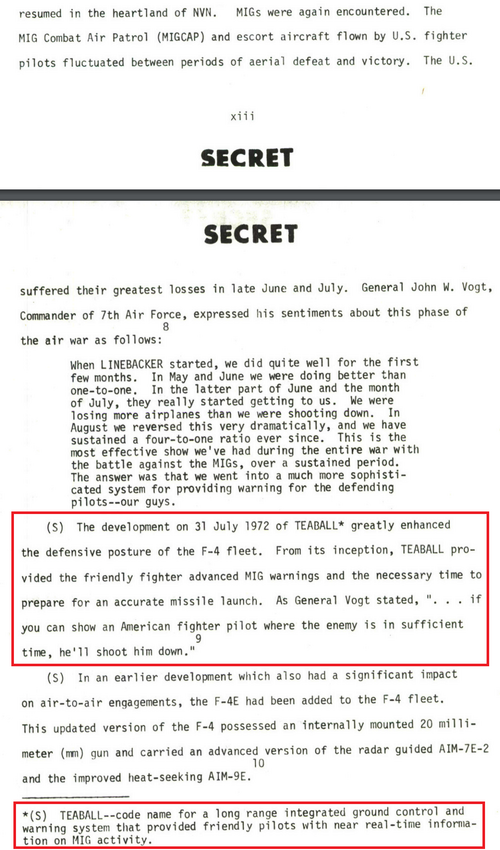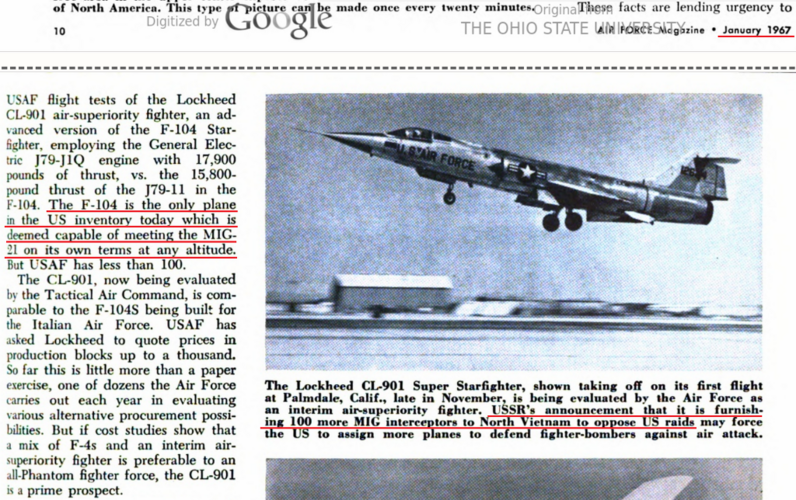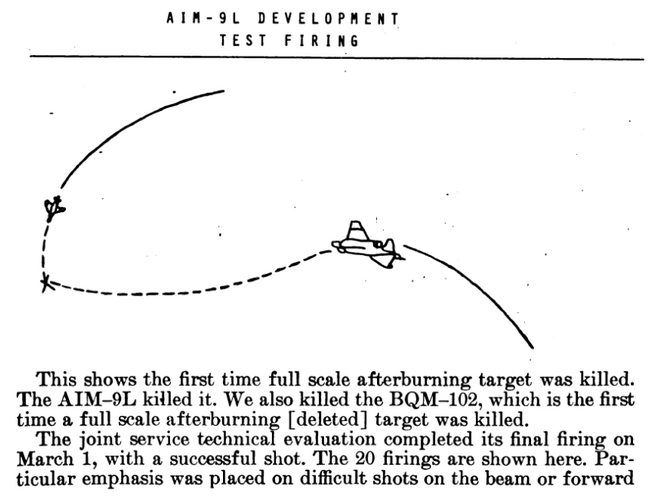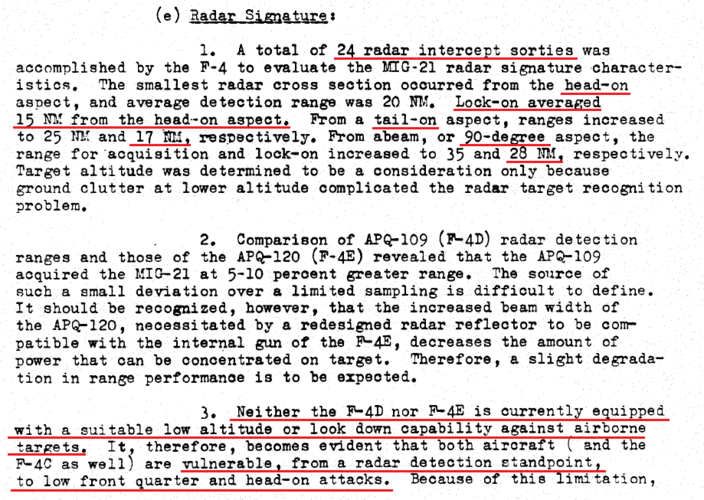The whole point of this thread is "What would be the best option?", not "What is the most likely to happen?". The Skylancer is the best option. The Navy didn't want it because it was too similar to the F8U and Vought needed the contract more than Douglas. It wouldn't be the first time the USAF bought a Navy plane... see B-66 also by Douglas and also in this exact time period. And the Navy rejecting it would have likely made the USAF like it even more. Note we are supplementing/replacing the F-4 which is also another Navy turned USAF plane and how most of the proposals in this thread are for F8Us or F11Fs, both Navy planes.
Skylancer weapon was the Sparrow II, which OTL Canadair adopted for the Avro Arrow.
In my TL I imagined that Canadair took over the entire Skylancer program on top of its Sparrow II as a) a baby Arrow - they were strikingly similar - and b) a CF-100 & Sabre successor in place of OTL CF-104s : for the RCAF 1st air division in Europe.
Orenda still get a J79 licence for it. Then I got Gerald Bull at CARDE transfering the Arrow analog FBW to the Skylancer, the end result being a Mirage 2000 lookalike except 20 years in advance.
The F5D (rebranded Skylancier to please Quebec : lancer = lancier) replaces all the CF-104s, F-101s, and CF-5s for a total of 500 airframes and a production run well into the 1960's.
Its analog FBW drastically drop the landing speed (Mirage III touched down as 200 kt, Mirage 2000 cut that to 140 kt) and, with the more powerful J79 can fly out of Bonaventure carrier replacing the Banshees.
In turn, that naval variant will attract the US Navy...
Last edited:













